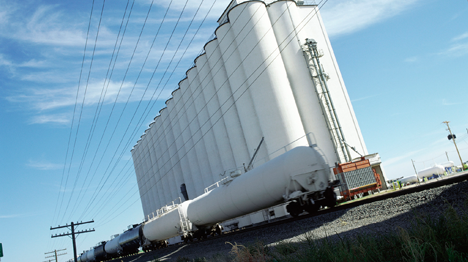Pulverized fuels

Using dust to produce energy while lowering costs
Although pulverized fuels represent a very profitable alternative to natural gas or fuel oil, they have not attracted widespread attention. This is especially unfortunate if dust accumulates as by-products in industrial processes and could be directly utilized to replace valuable (and expensive) standard fuels.
Dust in this context refers to a solid substance with a maximum grain size of up to 0.5 mm. Beyond this definition, however, dust may be categorized based on its water and ash content, its heat value and its combustibility, which is directly related to the percentage of volatile ingredients.
For example, pulverized lignite and pulverized anthracite have heat values of 20-22 MJ/kg and 25-30 MJ/kg, which do not differ greatly. However, pulverized lignite has considerably more highly volatile ingredients and is therefore more combustible overall. Petroleum coke may be cited as an extreme example: This pulverized fuel contains only a very small percentage of highly volatile ingredients and therefore places greater demands on the firing system, despite its high carbon content.
In addition to ground coal, there are also numerous biogenic dusts that can be utilized to produce energy, thus providing double relief for the budget:
- Wood dust / wood sanding dust
- Pulverized sugar beet cossettes
- Canola extraction scrap
- Fermentation substrate
- Coffee husks
The SSB-D swirl burner series can be used for all types of dust. It not only offers a wide control range with maximum burnout, it can also be operated on both combustion chambers and water-tube boilers. It reliably meets even strict emission limit values and impressively demonstrates the possibilities of dust firing.